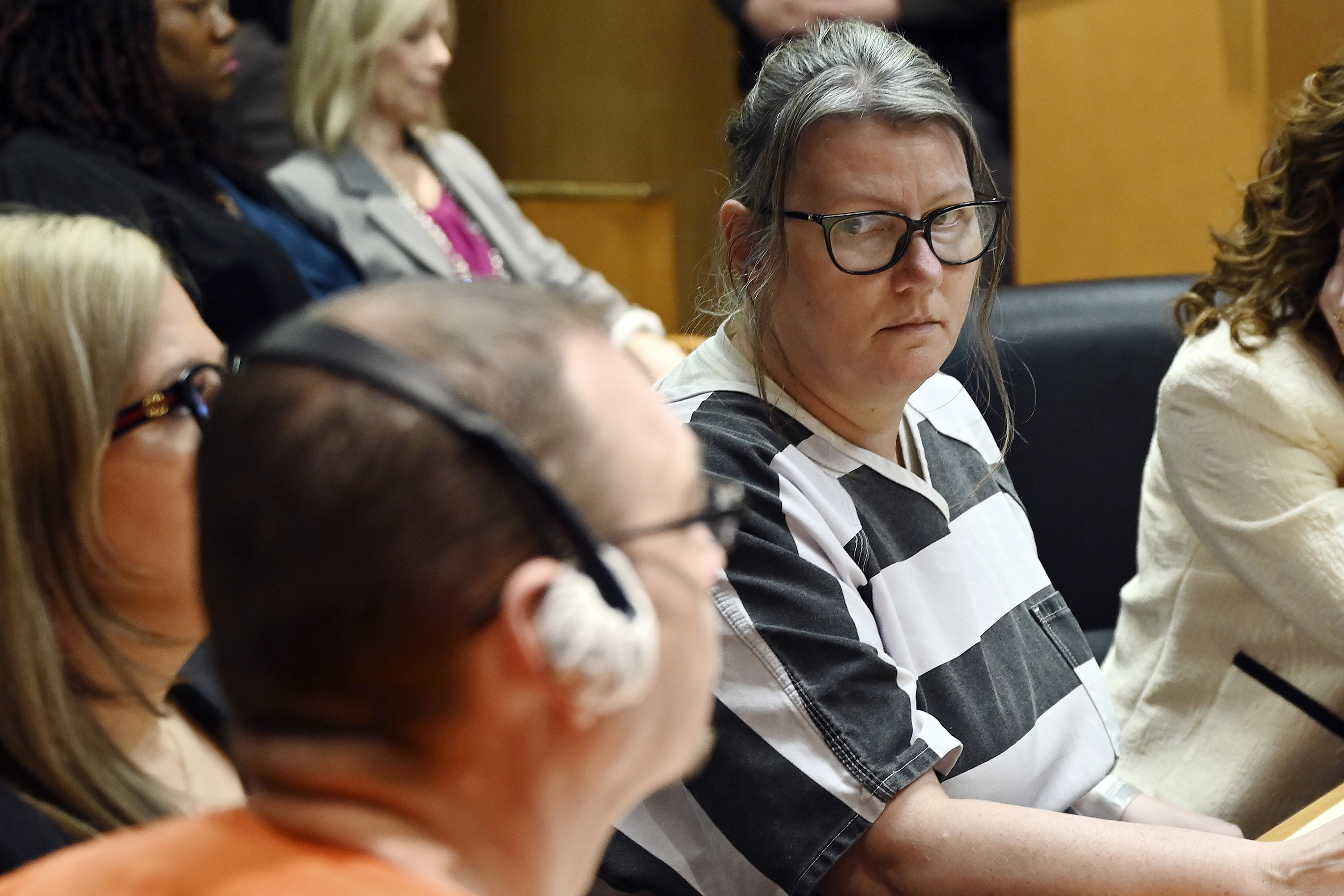Want to attend a law school with better job and bar-exam outcomes? It will cost you

Image from Shutterstock.
Law students typically pay higher tuition to attend schools with better job and bar passage rates, according to an analysis of law school questionnaire data released by the ABA in December.
Private and public law schools with the best job outcomes cost about 20 percent more, according to the analysis at Above the Law by Kyle McEntee, executive director of Law School Transparency.
At private law schools, average tuition at schools with bar passage rates above 80 percent is $47,231, according to a chart compiled by McEntee. Average private tuition falls to $41,477 at schools with bar passage rates between 67 percent and 80 percent, and to $41,944 at schools with bar pass rates below 67 percent.
Average tuition at private schools with greater than 80 percent placement in full-time, long-term JD-required or JD-advantage jobs is $51,468. Average private tuition falls to $42,924 at schools with placement rates in those jobs of 67 percent to 80 percent, and to $41,802 with placement rates of less than 67 percent in those jobs.
At public law schools, average resident tuition is $27,638 for schools with the best bar passage rates. That falls to $22,596 at public schools in McEntee’s mid-tier for bar passage, and to $16,245 at public schools in the lowest tier.
Average resident tuition is $31,592 at public law schools with the best placement rates for good jobs. That falls to $23,131 at public schools in the mid-tier for good job outcomes, and to $20,496 at public schools in the lowest tier.
Private law schools with the best job outcomes and bar passage rates increased tuition at a higher rate than the other private schools in the last year.
But at public law schools, those with the worst job outcomes and bar passage rates increased tuition for residents in the last year more than public schools with better records. “This may indicate resource issues at this slice of public schools, but there’s not yet enough information to make sweeping conclusions,” McEntee writes.
“What we can be sure of is that law school is still too expensive and that prospective students are still turning away in large numbers,” he says. “We can also be sure that continuing tuition increases demonstrate just how dysfunctional the law school market remains, despite increased transparency.”



